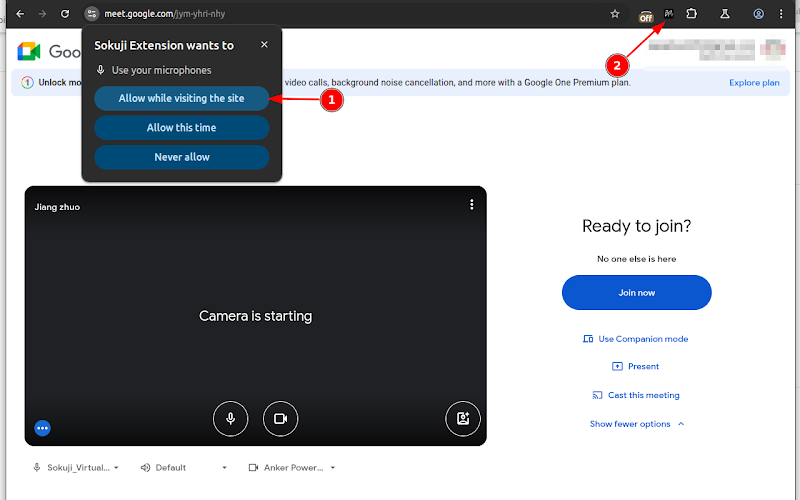Table of Contents
Overview
In today’s interconnected world, seamless communication across language barriers is more crucial than ever. Sokuji emerges as a powerful solution, leveraging the cutting-edge capabilities of OpenAI’s GPT-4o to provide real-time speech translation for video calls. Whether you’re connecting with international colleagues, hosting a global webinar, or simply bridging language gaps in virtual classrooms, Sokuji promises to make multilingual communication effortless. Let’s dive into what makes Sokuji a noteworthy tool in the realm of AI-powered translation.
Key Features
Sokuji boasts a range of features designed to facilitate smooth and accurate real-time translation:
- Real-time speech translation: Provides instant translation of spoken words, enabling natural conversations across different languages.
- GPT-4o powered: Utilizes OpenAI’s advanced GPT-4o model for high-quality and contextually accurate translations.
- Virtual audio routing: Employs virtual audio devices to seamlessly integrate translated audio into video calls.
- Google Meet integration: Offers a dedicated browser extension for effortless use within Google Meet.
- Desktop app and browser extension: Provides flexible options for accessing Sokuji, whether through a dedicated application or a convenient browser extension.
How It Works
Sokuji simplifies the process of real-time speech translation into a few key steps. First, the tool captures audio input from your microphone. Next, this audio is sent to OpenAI’s GPT-4o, where it undergoes translation into the desired language. Finally, the translated speech is routed back into your video call using either virtual audio devices (for the desktop app) or browser tools (for the Google Meet extension). This seamless integration allows you to participate in live, translated conversations without any complicated setup during the call itself.
Use Cases
Sokuji’s versatility makes it suitable for a wide array of applications:
- Cross-language video meetings: Facilitate effective communication between team members who speak different languages.
- Multinational team collaboration: Enable seamless collaboration on projects involving globally distributed teams.
- Virtual classrooms: Break down language barriers in online education, allowing students and instructors from different backgrounds to connect.
- Customer support: Provide multilingual customer support, expanding your reach and improving customer satisfaction.
- Webinars with global reach: Host webinars that are accessible to a global audience, regardless of their native language.
Pros & Cons
Like any tool, Sokuji has its strengths and weaknesses. Here’s a breakdown:
Advantages
- Instant translation allows for fluid and natural conversations.
- Versatile platform options cater to different user preferences and workflows.
- Supports multiple languages, expanding its usability across diverse global contexts.
Disadvantages
- May require initial setup for audio routing, which could be a barrier for less tech-savvy users.
- Dependent on API limits, which could potentially affect usage during peak times or with extensive use.
How Does It Compare?
When considering real-time speech translation tools, it’s important to look at the competition. Microsoft Translator offers a more enterprise-focused solution with a broader range of features, but it may come with a steeper learning curve and higher cost. Zoom AI Companion provides translation capabilities, but its functionality is limited to the Zoom ecosystem, making it less versatile than Sokuji. Sokuji stands out with its GPT-4o powered translation and flexible platform options.
Final Thoughts
Sokuji presents a compelling solution for anyone seeking to overcome language barriers in real-time communication. Its integration with GPT-4o, combined with its desktop app and Google Meet extension, makes it a versatile and powerful tool. While the initial audio routing setup might require some technical know-how, the benefits of instant, accurate translation make Sokuji a worthwhile investment for individuals and organizations alike.
